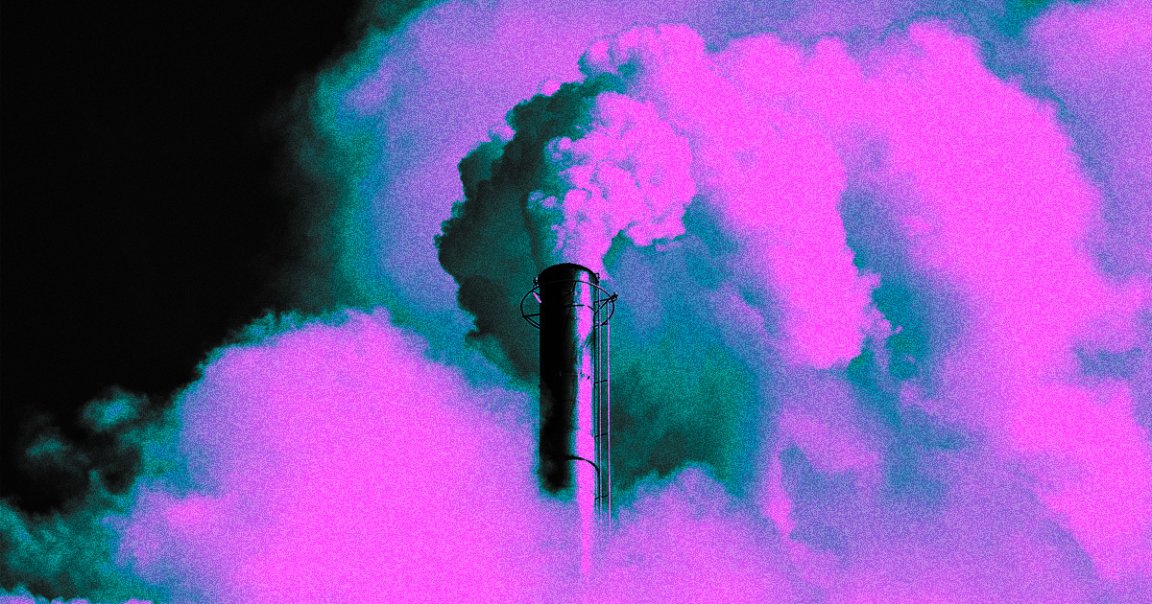
Self-Storage
For the first time, a commercial facility that can suck carbon out of the air and store it underground has opened in the United States.
In a press release, the team behind Heirloom Carbon Technologies said their newly opened direct air capture (DAC) facility near San Francisco will be able to siphon CO2 out of the atmosphere and store it securely underground in concrete for paying customers.
Though dozens of carbon capture and storage (CCS) facilities have been operational around the world for more than a decade, the majority of CCS plants are involved in capturing and storing new emissions made by other pollutive processes like coal mining, leading to the so-called “clean coal” technology that experts and activists argue is anything but.
Direct air capture, meanwhile, sucks out ambient carbon from the air without any other industrial process alongside it. In the case of Heirloom, it’s stored in what the company insists are secure concrete repositories underground.
As the New York Times acknowledges in its reporting on the new plant, Heirloom’s first facility in Tracy, California is pretty small and only able to capture 1,000 tons of CO2 from the air per year — though as CEO and co-founder Shashank Samala points out in the press release, that number “has gone from [one] kilogram of CO2 to up to one million, or 1000 metric tons, in just over two years.”
“We want to get to millions of tons per year,” Samala told the NYT. “That means copying and pasting this basic design over and over.”
Credit is Due
California Governor Gavin Newsom and Jennifer M. Granholm, the head of the Biden Administration’s Department of Energy, ventured to the Golden State’s Central Valley during the Heirloom plant’s unveiling last week to laud it as a “blueprint” for the current White House’s plans to reduce American carbon emissions.
Perhaps the biggest value proposition for companies like Heirloom — and its well-heeled backers, which includes the likes of Microsoft and Shopify — is that it will sell “carbon removal credits” to companies looking to offset their own emissions, a higher-tech iteration of popular reforestation campaigns in which companies vow to plant a bunch of trees as an offset for their pollution without actually reducing it.
While it’s definitively good that companies like Heirloom are being built all over the planet in efforts to reduce CO2 emissions, critics argue that those in the business of selling carbon credits are giving businesses a “license to pollute” with a clean conscious because they are, after all, offsetting their emissions by paying someone else to suck it out of the air.
At the end of the day, direct air capture still seems like a step ahead of the now-traditional carbon capture schemes — though if companies and governments want to get serious about reducing their emissions, they need to just do it already.
More on CO2: Here’s What It Would Look Like if Carbon Emissions Were Visible